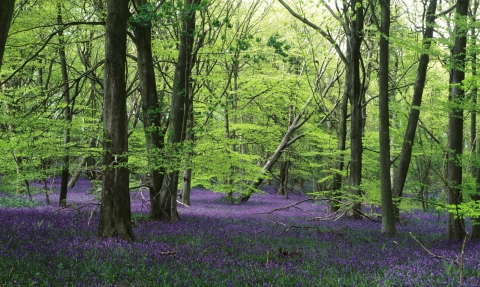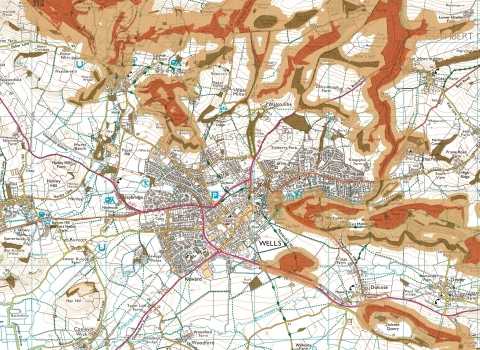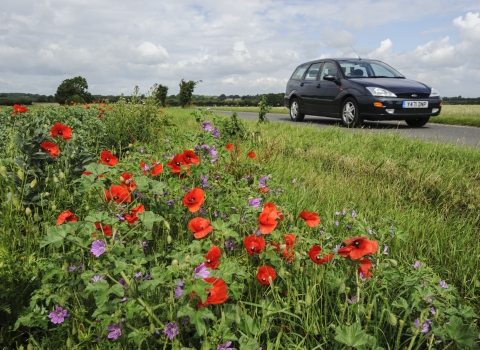
Peter Creed
Planning policy and the planning system
Find out more about planning policy and the planning system
In England we operate under a 'plan-led system'. Local authorities make decisions about development on the basis of planning policy. This means that all decisions on planning applications in an area are informed by the policies and supporting information set out in the Local Plan for that area.
Local and neighbourhood plans and planning decisions have the potential to affect biodiversity outside as well as inside designated areas of importance for biodiversity.
- The government has produced a Plain English Guide to the Planning System which explains how the planning system works in England.
- The National Planning Policy Framework (NPPF) was published in 2012 and revised in 2018. It sets out the government’s planning policies for England and how these are expected to be applied. It contains policies on conserving and enhancing the natural environment as well as guidance on Environmental Impact Assessment, climate change, light pollution and open space, all of which may have an impact on wildlife.
The National Planning Policy Framework introduced the concept of neighbourhood planning, to which Local Authorities must respond in their Local Plans. The 2018 update to the National Planning Policy Framework included a commitment to securing net gains for biodiversity. This means delivering more or better habitats for biodiversity and demonstrating this measurable gain through use of the Defra biodiversity metric.
There is online Planning Practice Guidance that provides further detail on implementing the policies in the NPPF. This includes a section on the natural environment which explains key issues in implementing policy to protect biodiversity, ecosystems, natural capital and green infrastructure.
Local planning with biodiversity in mind (https://youtu.be/hmVsI3nco1Q)
How planning committees on parish councils can help their local wildlife
Key terms
Green infrastructure describes features such are hedgerows and trees that create corridors for wildlife, green roofs, connections between habitats such as rivers and other natural features of our landscape that benefit wildlife.
Natural capital is the elements of nature that directly or indirectly produce value to people. This includes ecosystems, species, freshwater, land, minerals, the area and oceans, as well as natural processes and functions.
Ecosystem services are the services provided by natural capital, such as pollination, clean air, food, wood, flood protection, which lead to benefits to society.
In our area conservation data is drawn from a range of sources, including but not limited to:
- Statutory sites
- Local Wildlife Sites (Oxfordshire and Berkshire: http://www.tverc.org/cms/ and Buckinghamshire: http://www.bucksmkerc.org.uk/)
- Important sites near you
Get involved
You can get involved with helping protect wildlife in the planning system by commenting on your Local Plan, and by developing a Neighbourhood Plan.
Wildlife in our neighbourhood (https://youtu.be/m057xJludGo)
Annie Ottaway, Senior Biodiversity Planning Officer (Bucks), and Councillor Jane McBean, Chesham Town Council, explain how you can help wildlife in your neighbourhood.


Road verges are vital habitats for over 720 different plant species. Photo by Terry Whittaker/2020VISION
Neighbourhood Plans
Find out how you can set up a Neighbourhood Planning group to speak up for wildlife in your local area.
Find out more about planning and wildlife in our area
- Help wildlife where you live (https://www.bbowt.org.uk/planning-advice/planning-how-help-wildlife-where-you-live)
- Responding to planning applications and consultations (https://www.bbowt.org.uk/planning-advice/responding-planning-applications-and-consultations)
- Development and wildlife (https://www.bbowt.org.uk/planning-advice/development-and-wildlife)
- Wildlife and the law (https://www.bbowt.org.uk/planning-advice/wildlife-and-law)
- Useful contacts and information (https://www.bbowt.org.uk/planning-advice/planning-and-development-useful-information)
